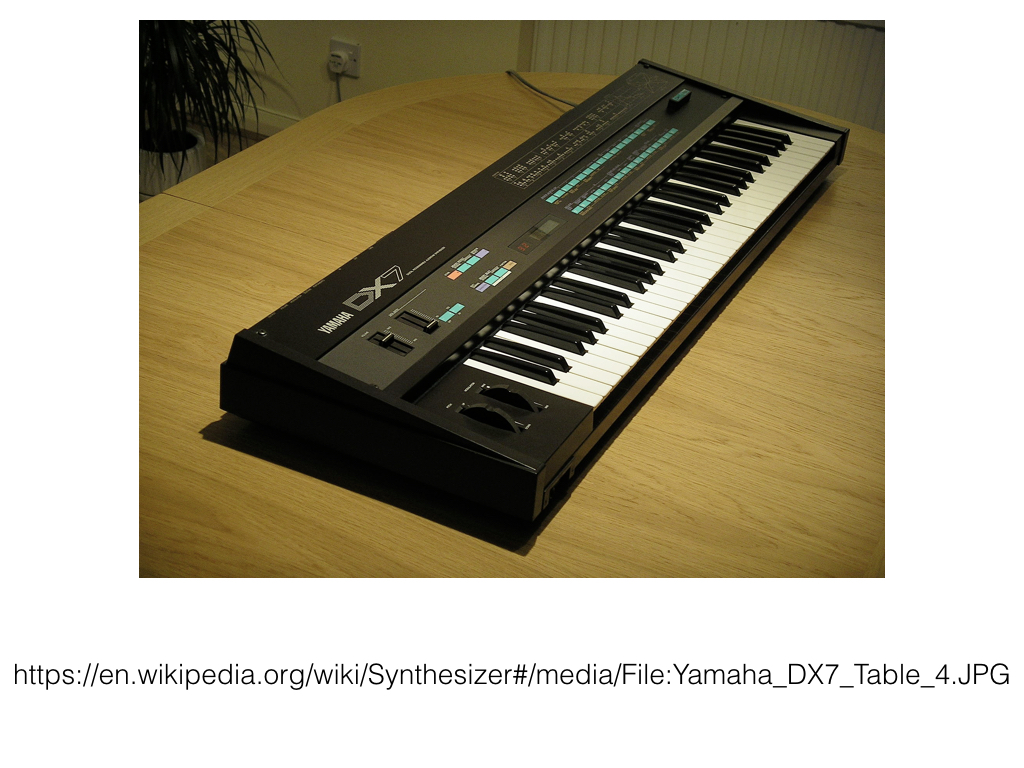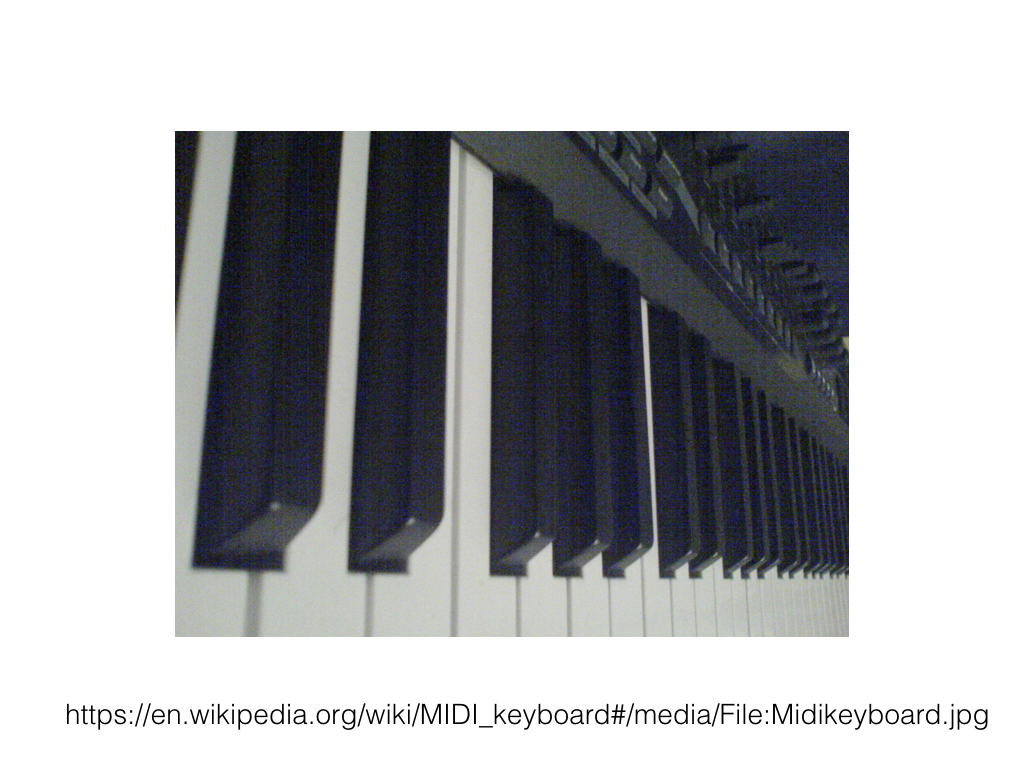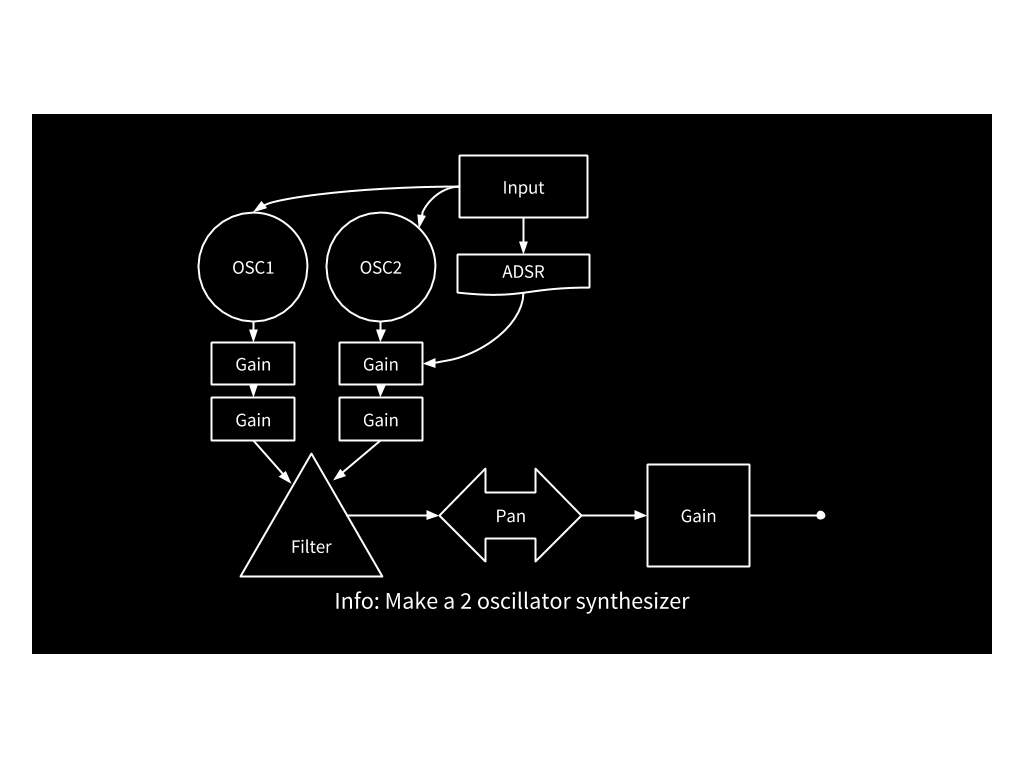Page Card
A Basic Synthesizer
Belongs to subject A Basic Synthesizer
Sound synthesis is the process of combining sounds to create new sounds. A synthesizer combines sound creating and modifying modules to create new sounds. Synthesizers come in a large range of styles and purposes. Some synthesizers have a specific purpose, like creating pad sounds or percussive instruments. Some synthesizers are more general purpose.

For this video, we will discuss a basic two-oscillator synthesizer. There are many other types of synthesizers. Most have a similar base pattern. Recall the five basic properties of sound: amplitude, frequency, phase, duration, and spectrum. Our synthesizer will combine all of these properties.
You can imagine the input as a MIDI keyboard. Which note I press is the frequency. The effort I press the key with is amplitude. How long I press the key is duration. So we start with frequency, amplitude, and duration.

Frequency informs our two oscillators. Detuning one of our oscillators slightly can add an interesting effect. Duration and amplitude will feed into our ADSR envelope. Those two things will combine to create shaped notes at the correct pitch. Then, a second set of gain nodes allows us to balance the sound between the two oscillators. A filter can change the color of sound by reducing unpleasant frequency content. Then, we can set the sound in space with panning. Finally, we end at a gain node, so we can mix this synthesizer with other instruments. Its easy to expand on this very basic synthesizer. Adding effects such as delay, reverb, distortion, and compression can add interest. Using low-frequency oscillators can add continuous change to our sound, adding depth.
